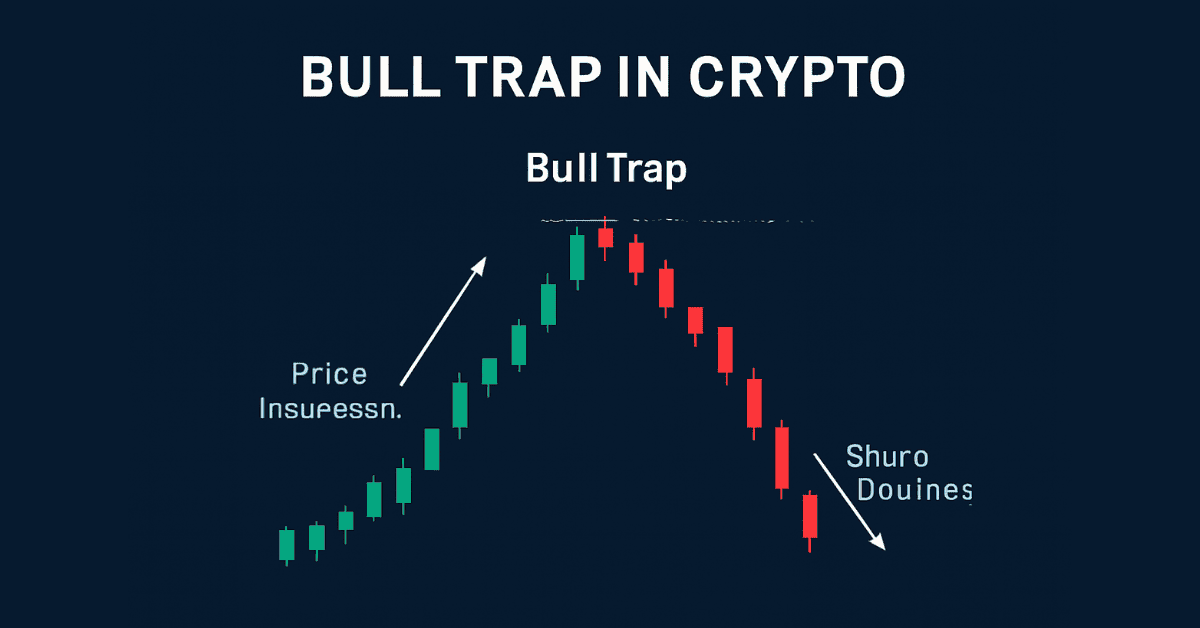
Bull Trap in Crypto: How to Avoid It
1. What is Bull Trap?
A Bull Trap occurs when the price of an asset seems to reverse from a downtrend to an uptrend, but it's only a temporary recovery. Investors might believe the downtrend has ended and that a new uptrend is starting. They buy the asset expecting profits, but the price reverses and drops again, trapping them in a loss. Bull traps are especially common and risky in the volatile crypto market.
2. Related Terms to Bull Trap
Bear Market: A prolonged period of price decline.
Bull Market: A period of continuous price increase.
Support and Resistance: Levels where the price tends to find support or face resistance.
False Breakout: When the price breaks through resistance but quickly reverses.
Volume: A measure of the total trading activity.
3. Causes and Signs of Bull Trap
FOMO Psychology: Investors fear missing out and rush to buy when prices rise.
Whale Manipulation: Large investors create false price surges by buying large quantities, then sell to profit, leading to a price drop.
Inaccurate News: Fake or unclear news can trigger a temporary price spike, leading to a bull trap.
4. How to Avoid Bull Trap in Crypto Markets
Acquire Knowledge and Technical Analysis Skills: Understanding how to read charts, indicators, and trading volume helps avoid unsustainable price surges.
Observe Crowd Psychology: Avoid getting swept up in a price surge without thorough analysis.
Use Stop Loss and Take Profit Orders: Setting these orders helps manage risk and protects profits.
Be Patient and Wait for Confirmation: Don't rush into buying; wait for market signals.
Monitor Whale Activities: Watch large transactions to detect potential market manipulation.
5. What to Do if Caught in a Bull Trap?
Stay Calm and Assess the Situation: Don’t panic when you realize you’ve bought at a peak.
Cut Losses or Accept Small Losses: Protect the remaining capital by cutting losses if necessary.
Learn from Mistakes: Analyze why the trap occurred and improve your market analysis skills.
Create a Plan for Next Time: Set clear goals and be more patient with your investment decisions.